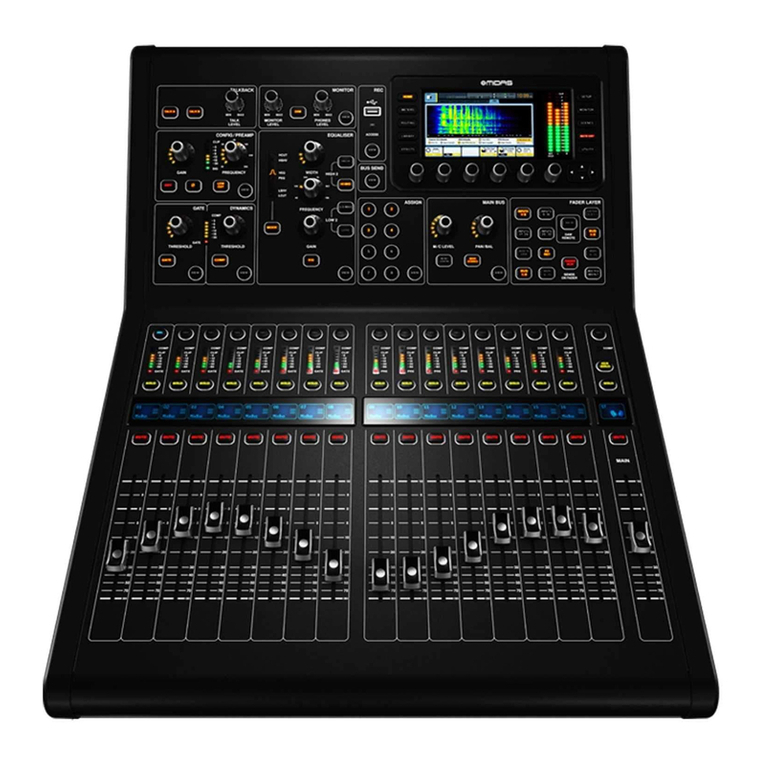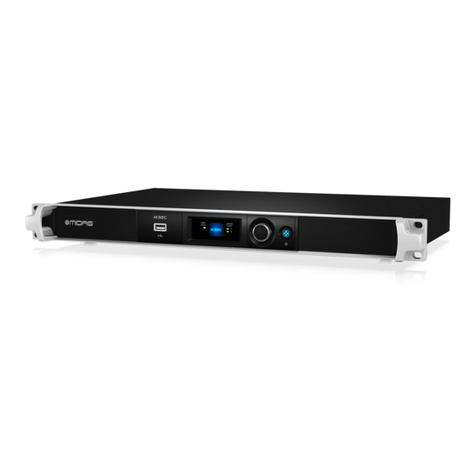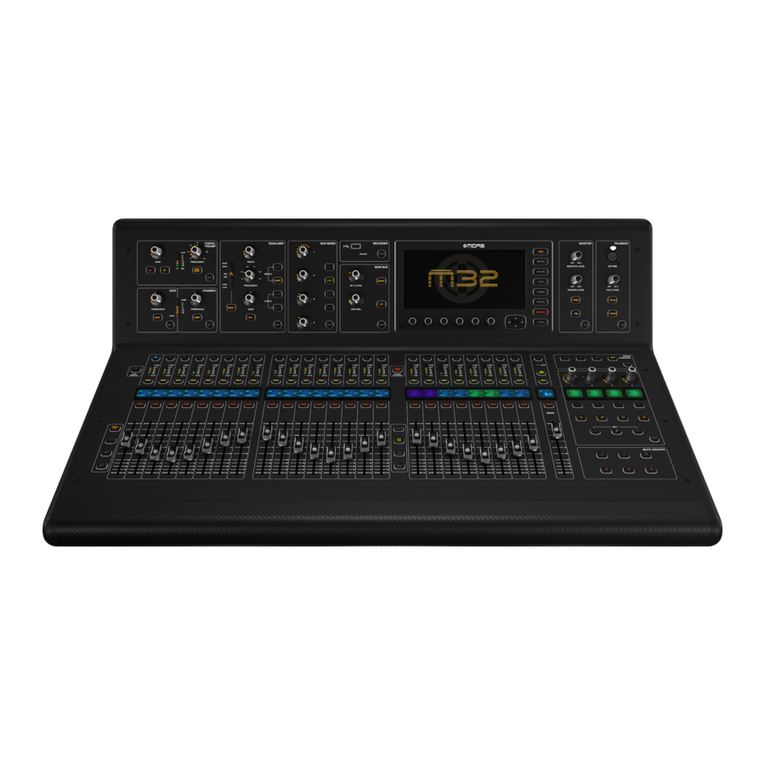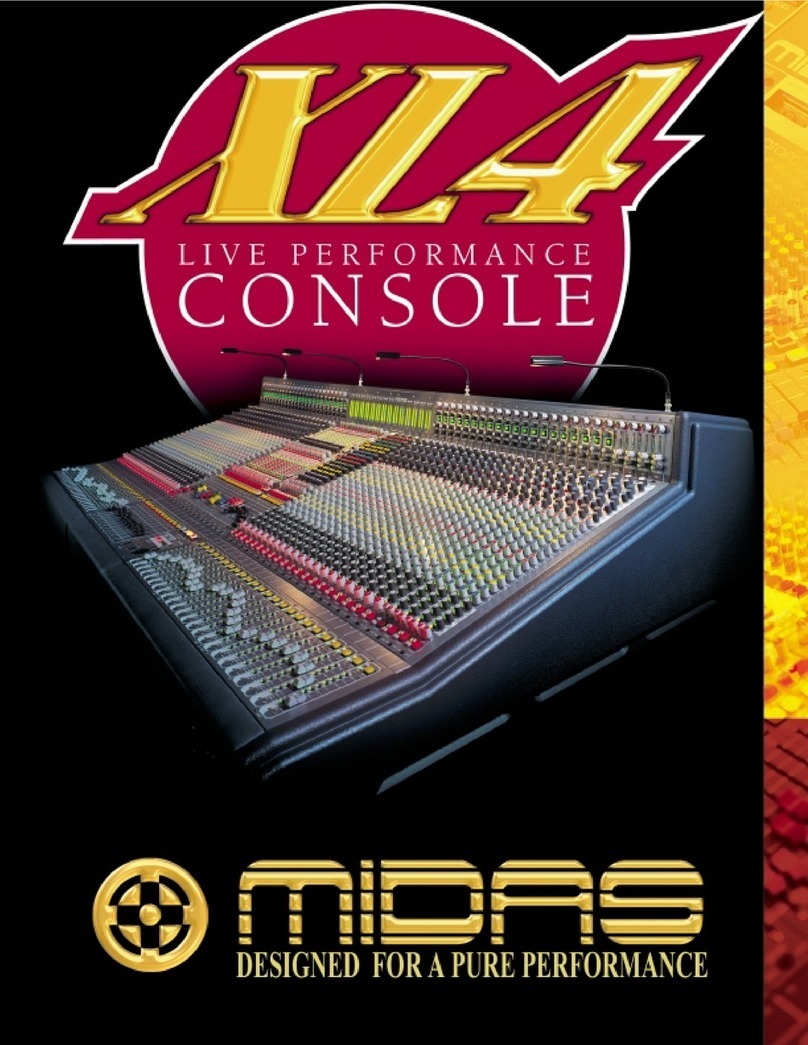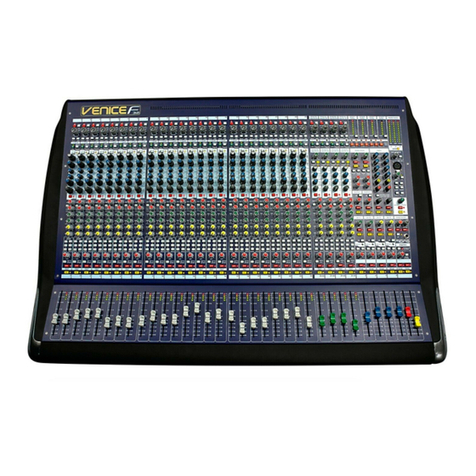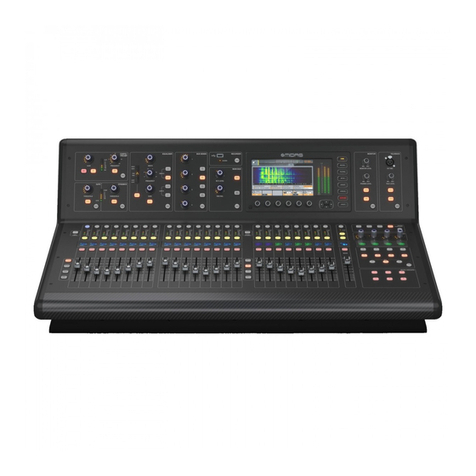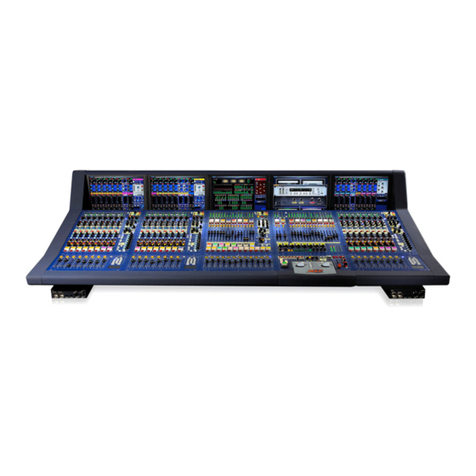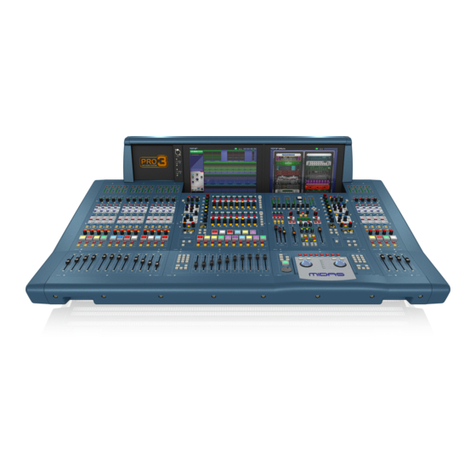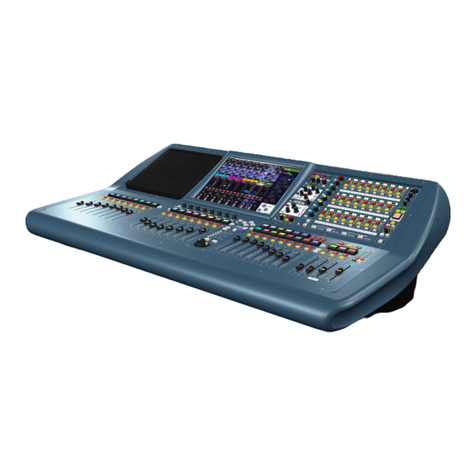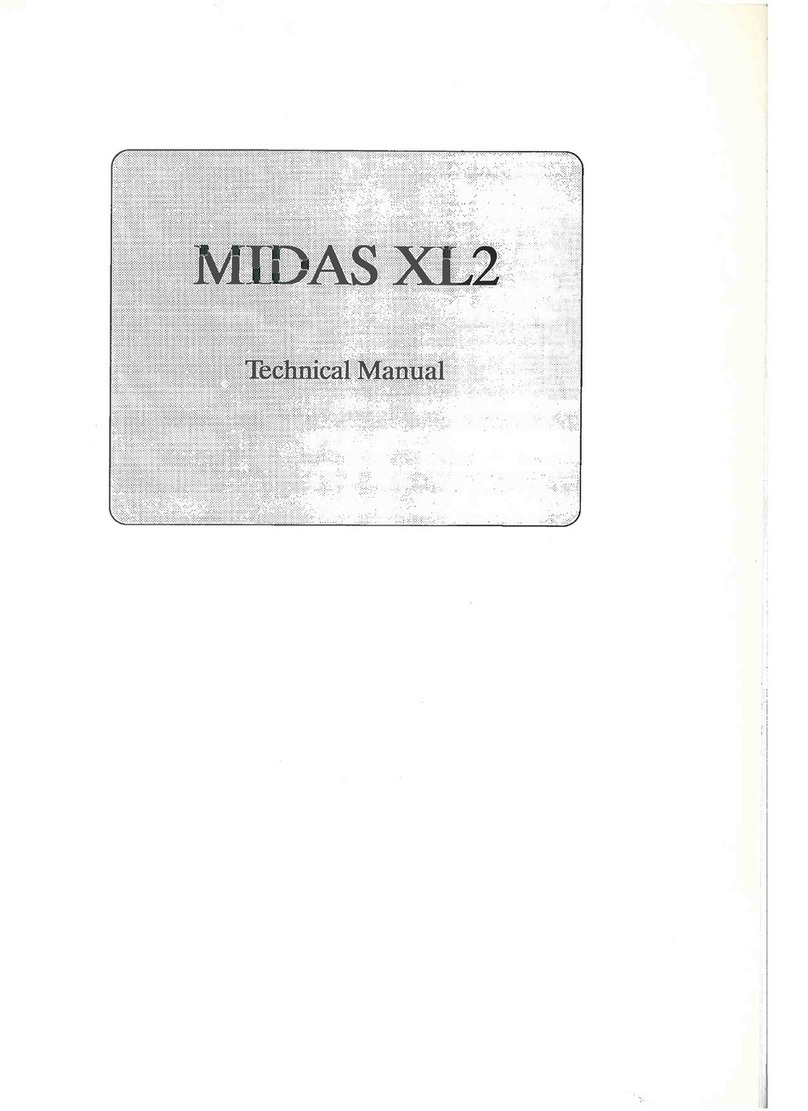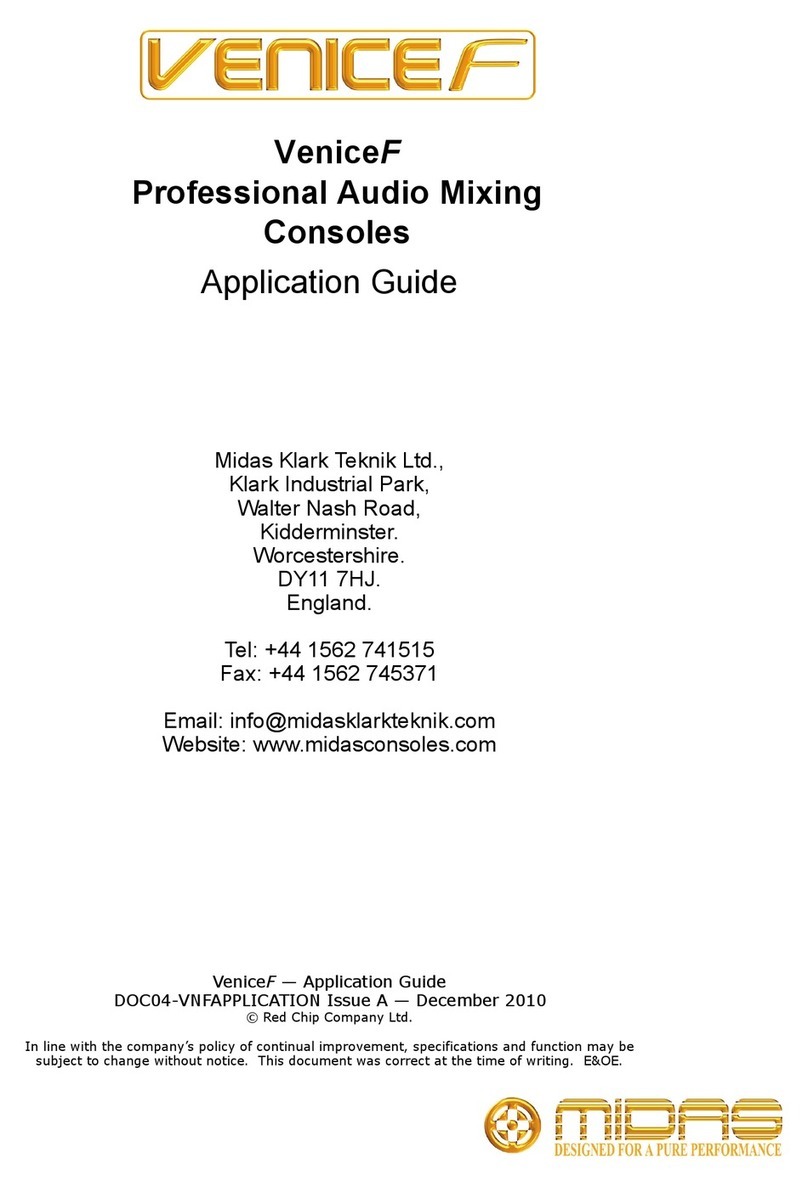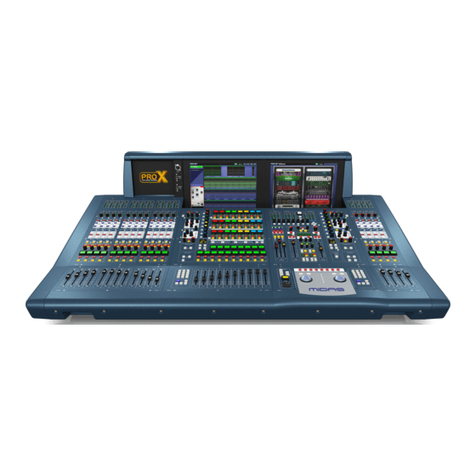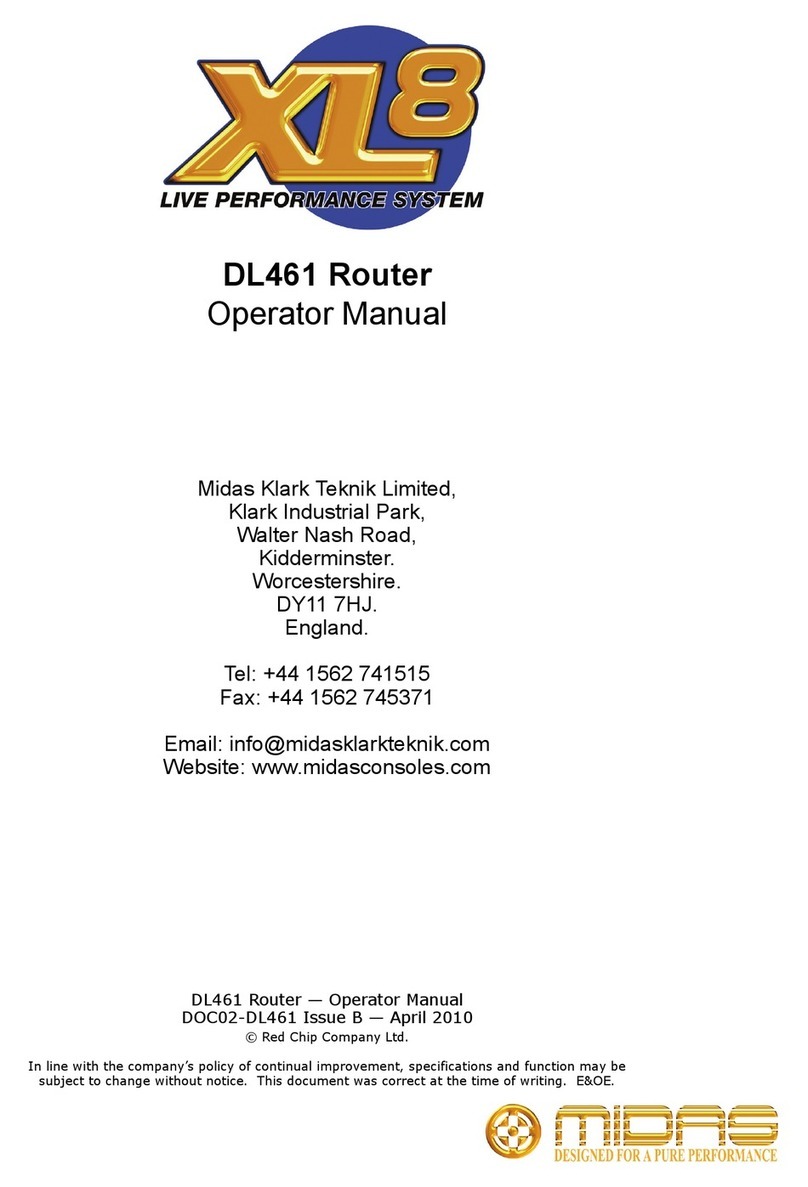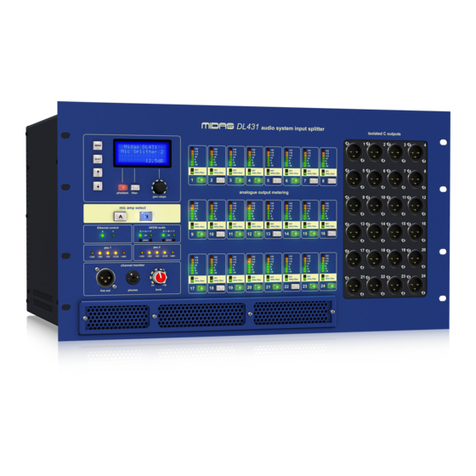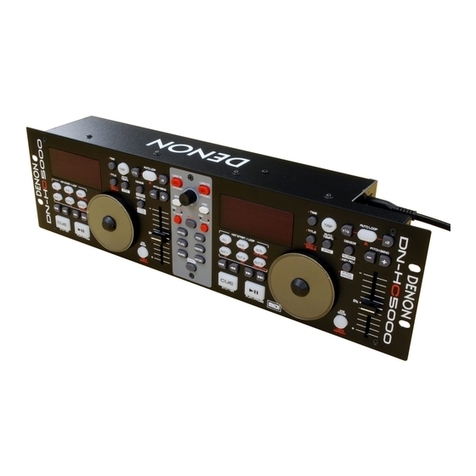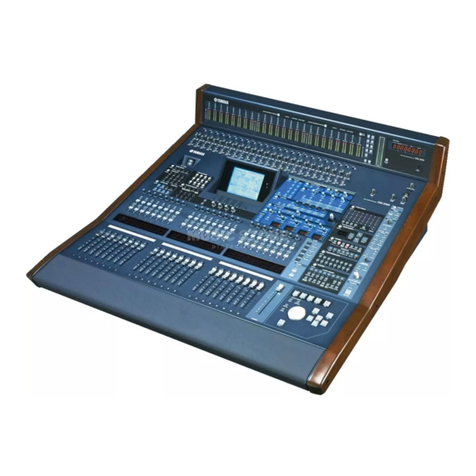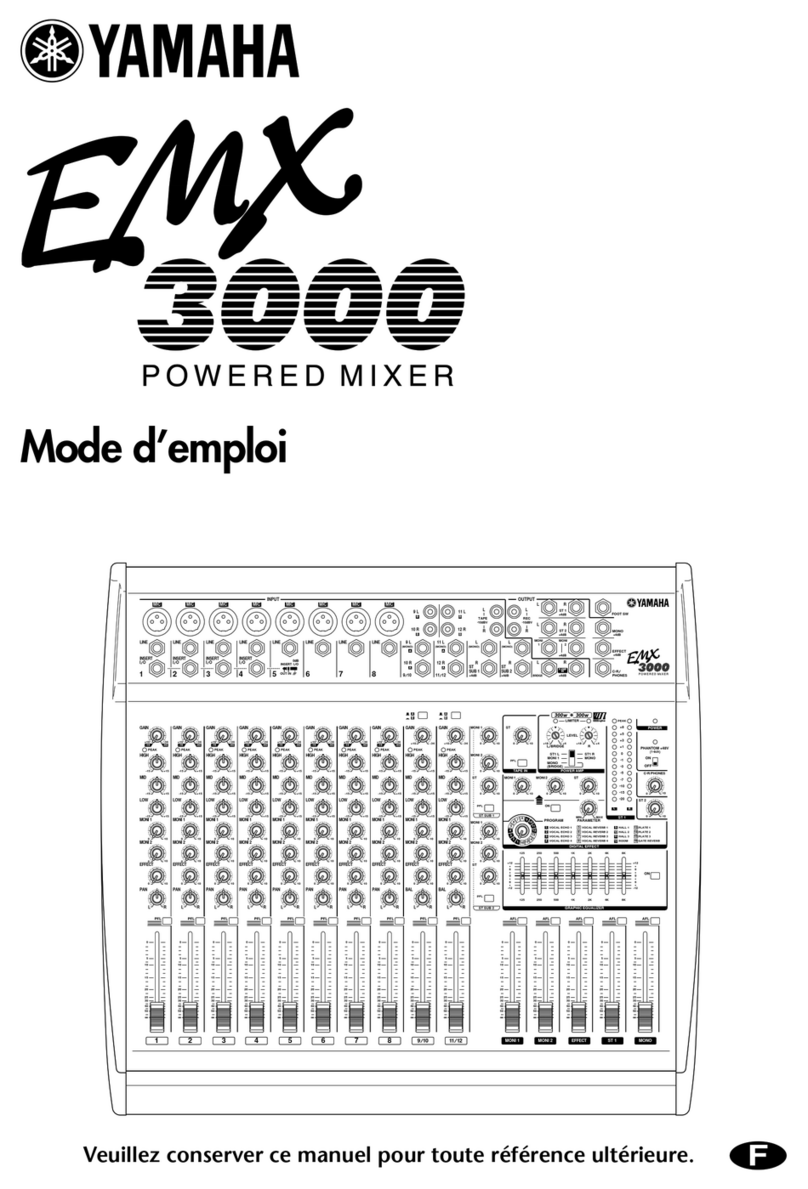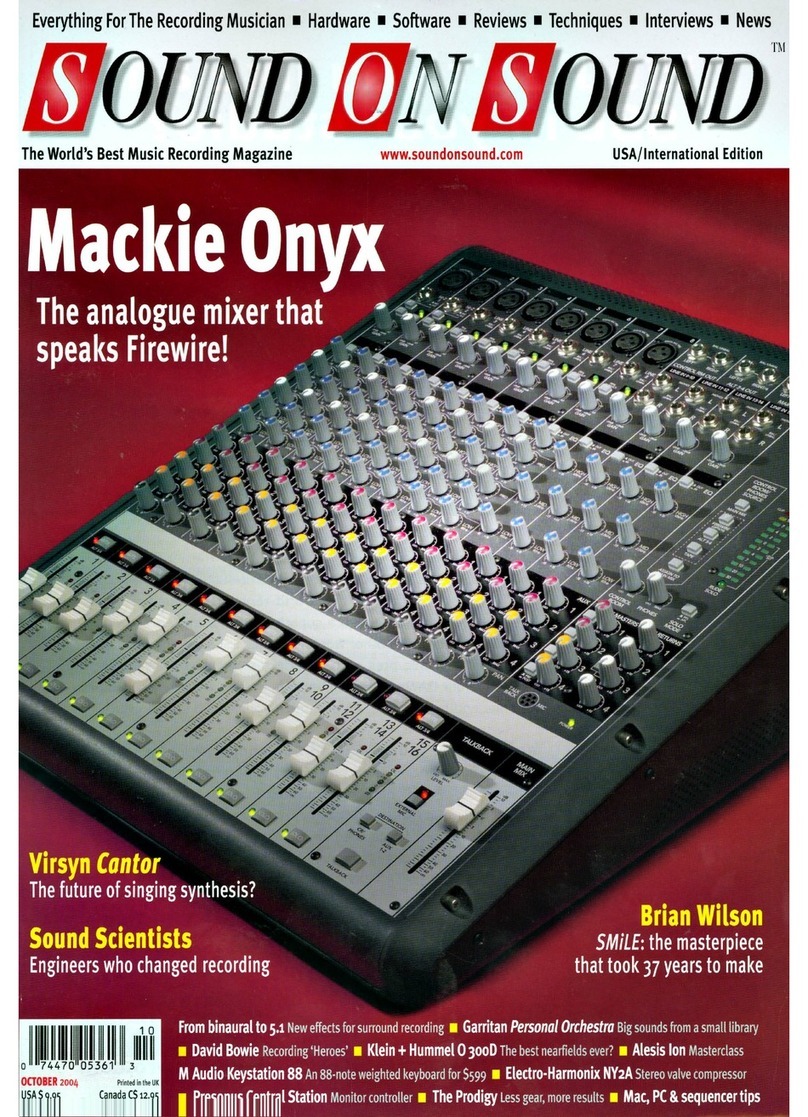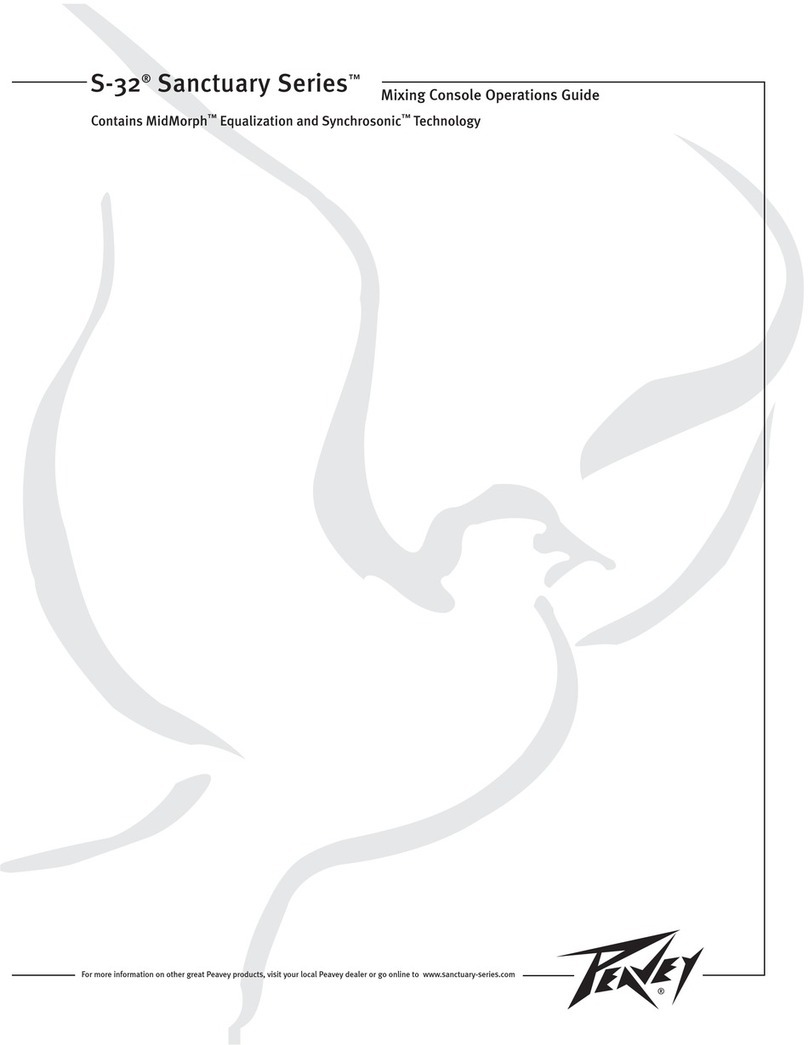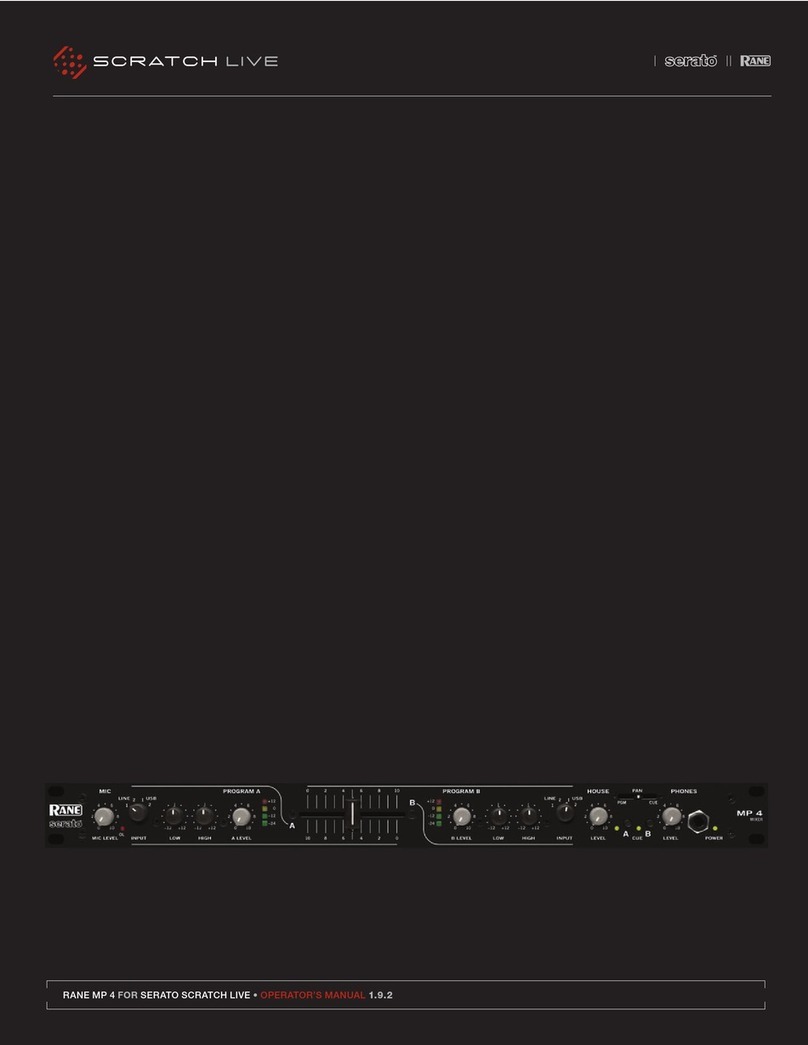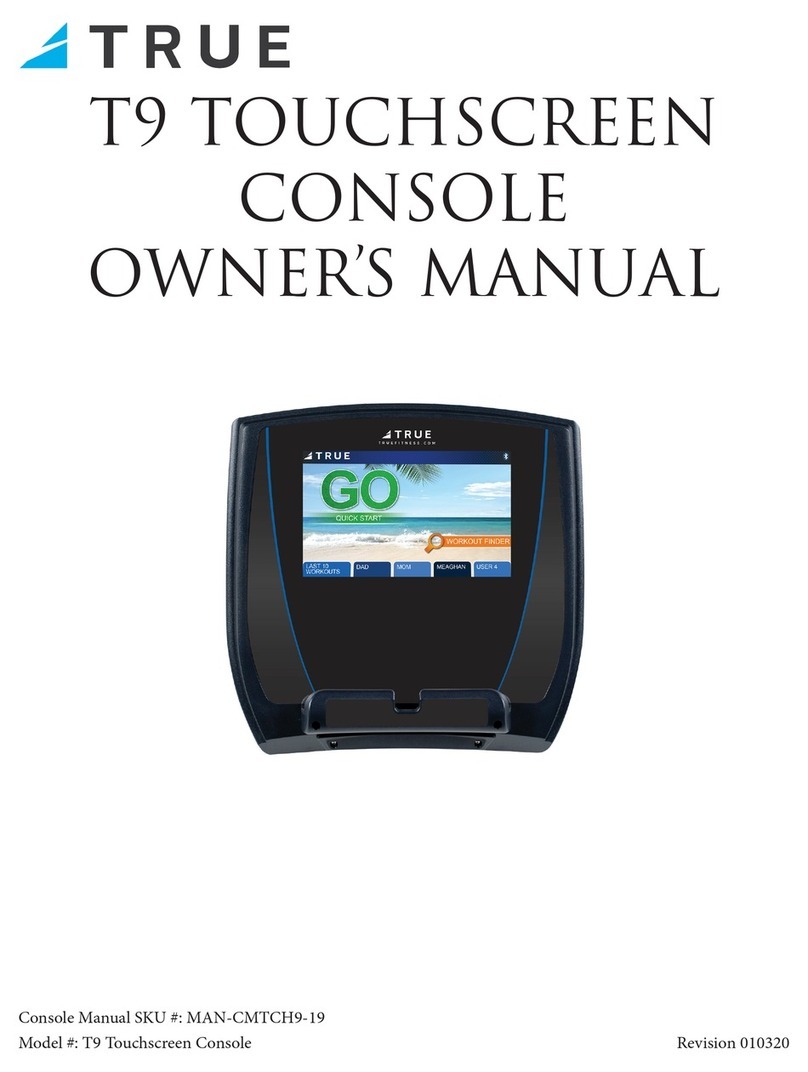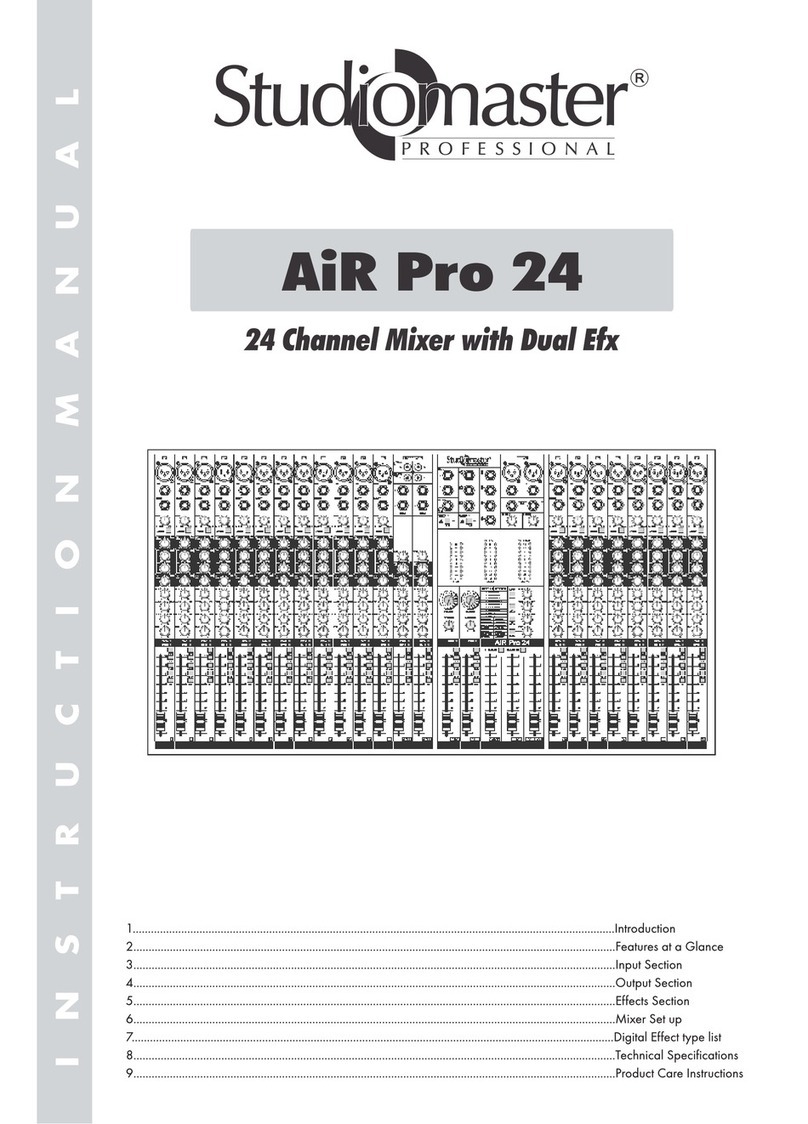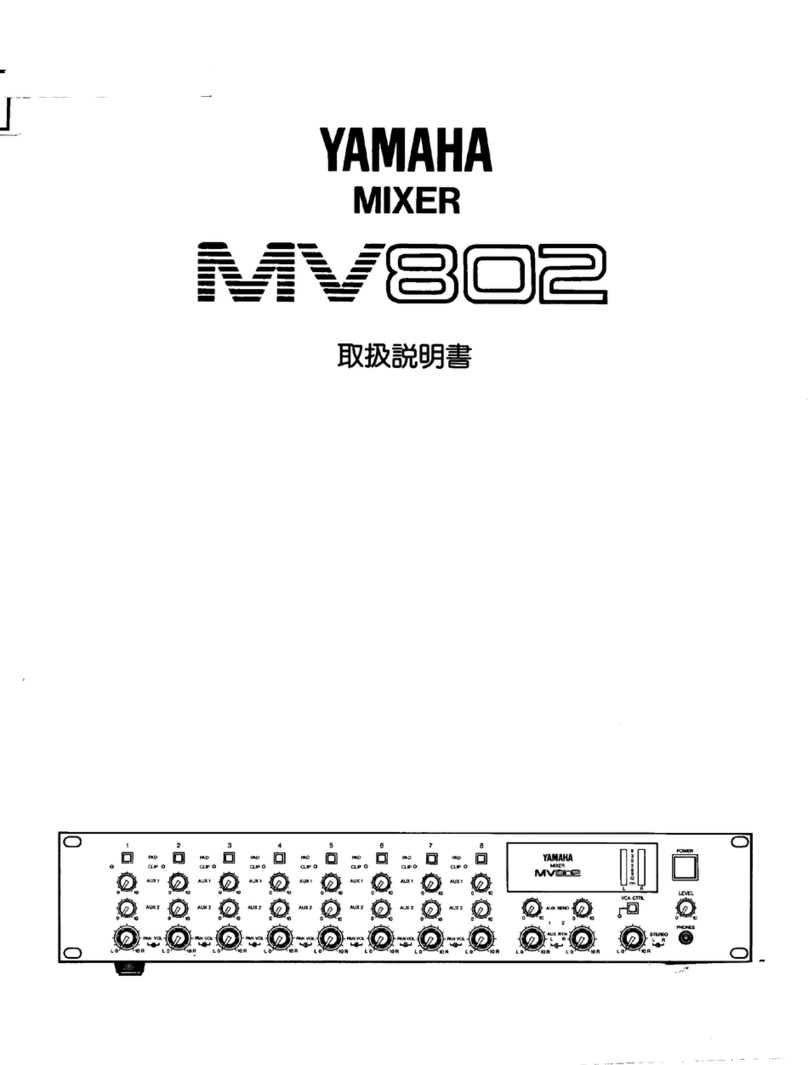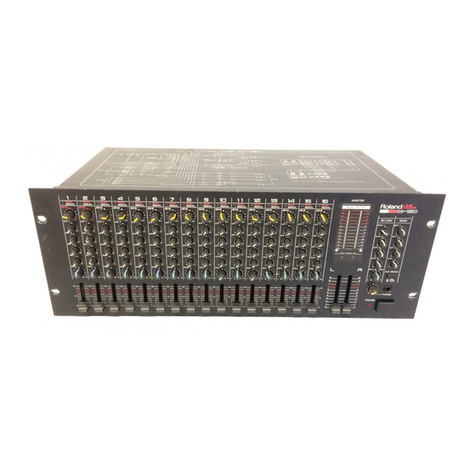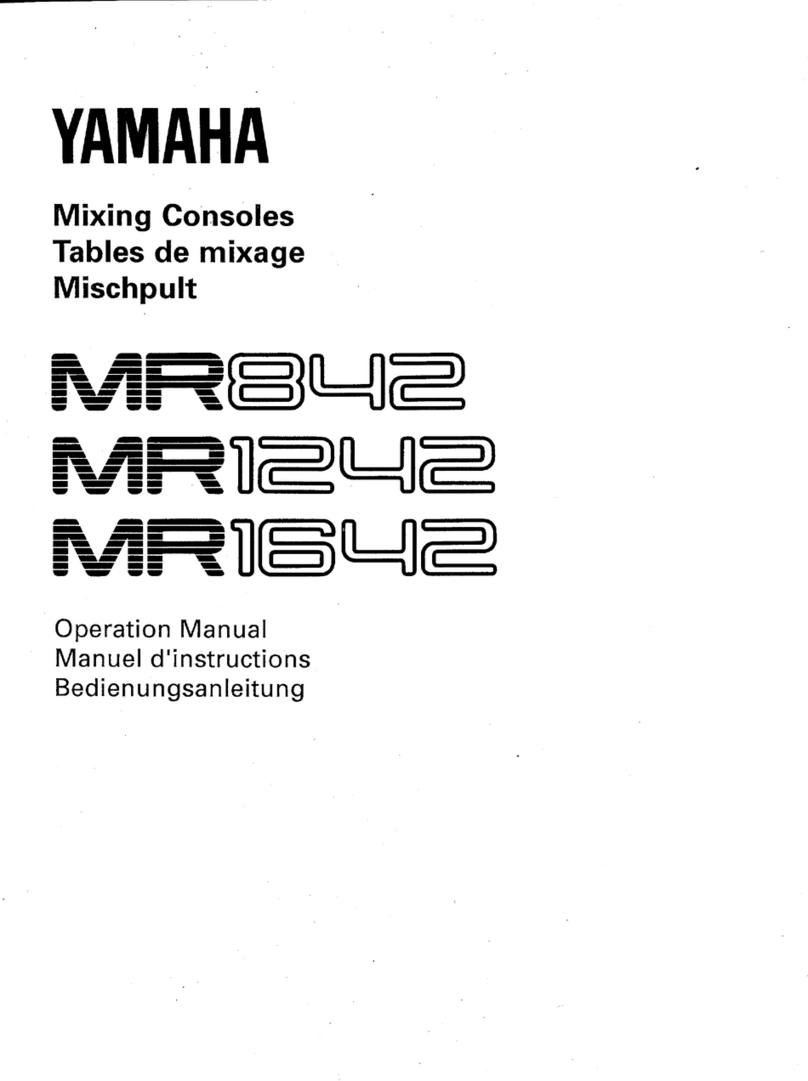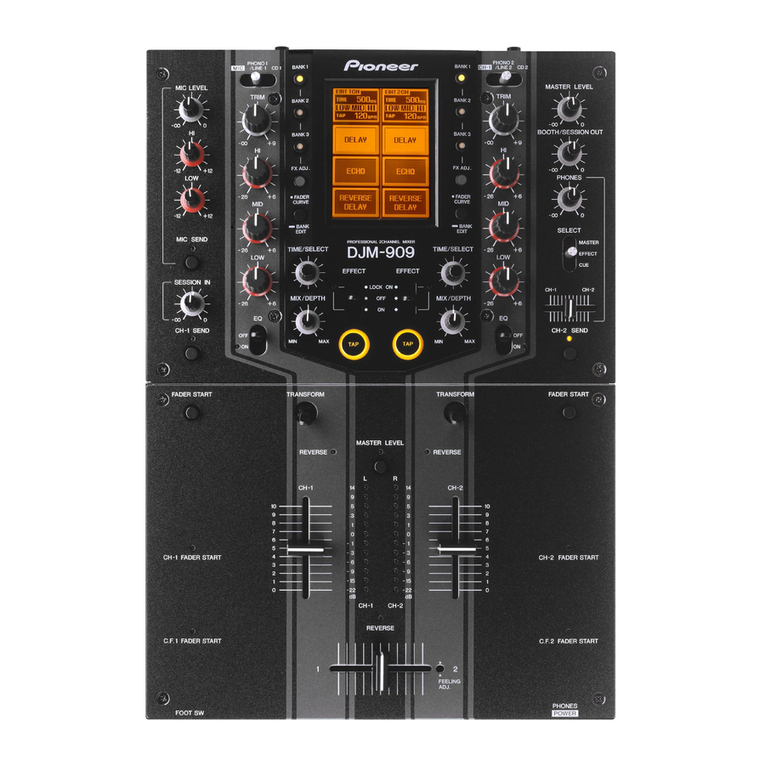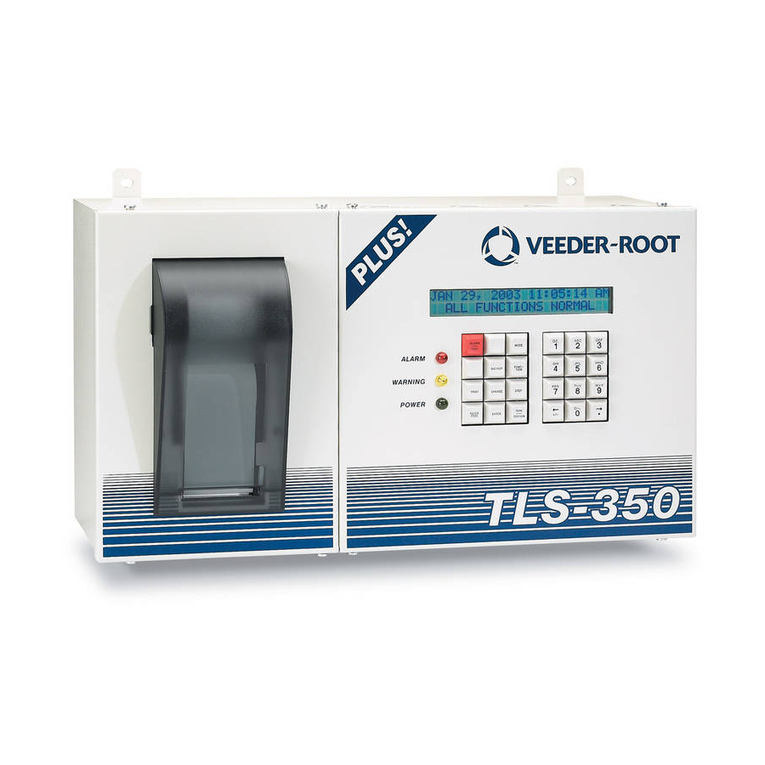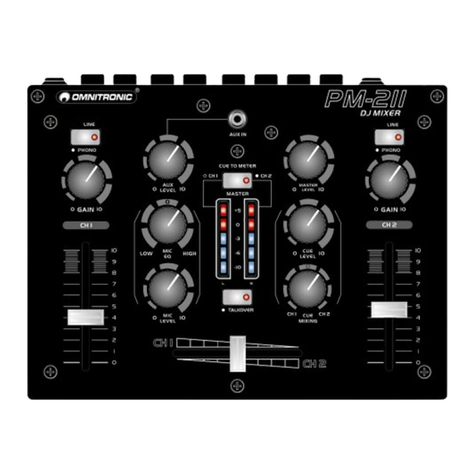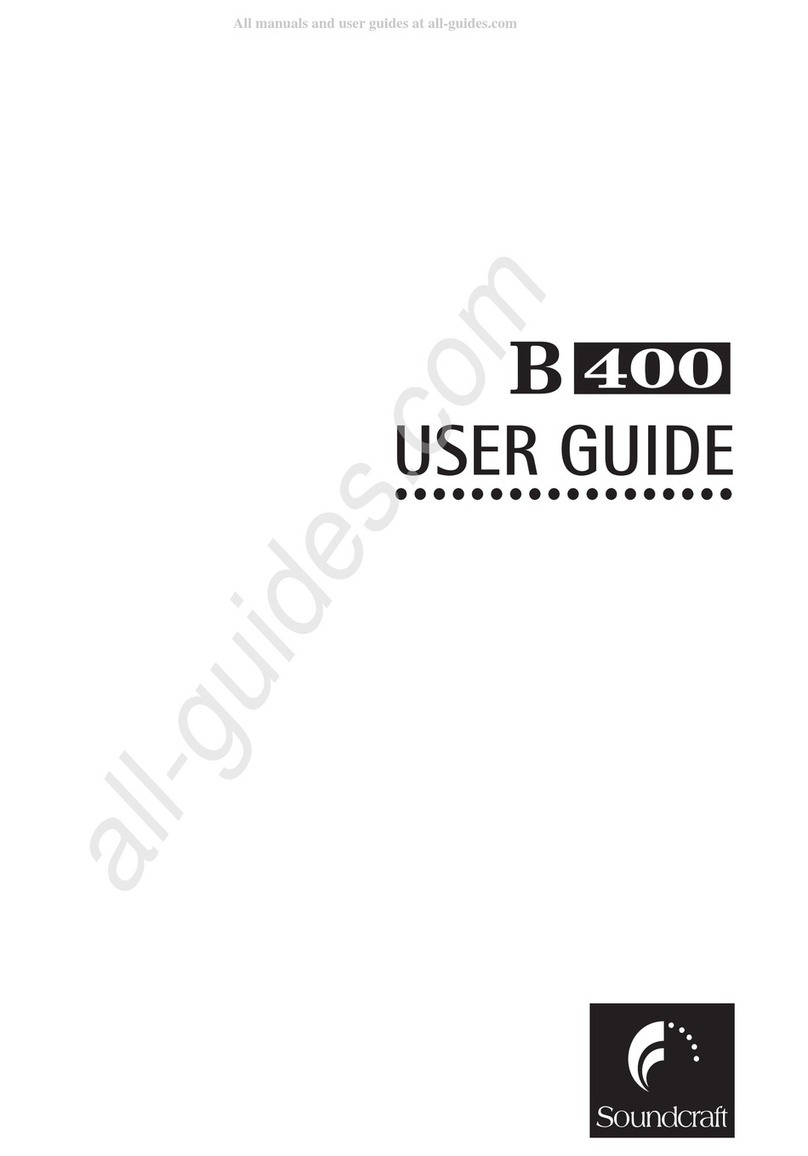Navigating the channels
The concept of“paging”or “layering” is eliminated;
instead the operator is invited to create groups
of mix or musically related channels, which
are structured around the process of mixing
the show. This is preferable to locating target
channels from arbitrary “layers” or “pages”which
have no logical delineation and often start and
end at inconvenient points (i.e. half-way through
a logical sequence of inputs).
There are two types of groupings available on
PRO1, VCA (Variable Control Associations) and
POPulation groups. These groups are identied
using colour coding and labelling with supported
from the full-colour daylight-visible TFT screen.
Selecting a VCA or POP group will bring all of the
members of that group to the designated area on
the control surface, populating from the VCA area
out to the left. If the group has more members
than the 8 physical input channels they can be
viewed either by scrolling the input faders or by
pressing the EXTEND button, which will populate
the 8 VCA faders with additional members of that
group giving a total of 16 input faders.
An operator used to“layers” of faders can
programme the POPulation groups to mimic this
way of operation, so navigating between 3 layers
of 16 input faders to access the PRO1’s 48 input
channels is easily achieved.
Automation
One of the most critical requirements for theatre
applications is the power and exibility of console
automation. The MIDAS PRO1 has taken into
consideration these very specic requirements,
and features the same automation software as the
XL8, which is itself no stranger to Broadway!
The PRO1’s automation system can store and
recall up to 1000 snap shot scenes. These contain
the audio parameter values for every control
on the console as well as the network routing,
conguration of the FX rack, and the format of the
mixer itself, all of which is scene-specic.
Hardware automation “safe” buttons are provided
to enable the operator to quickly isolate selected
processing areas from recall should this be
required during a performance. In addition to
these, the store and recall of scenes can
be “scoped”such that only the areas that the
operator wants to store or recall are aected (all
other controls remaining in their current state).
Channel settings can be edited in advance
of recall (across all scenes) from the SHOW
EDITOR screen, and scenes can be re-ordered,
inserted and deleted, simply and quickly without
overwriting their designation. Scenes can be
recalled instantaneously, with no discernible
drop in audio, or via complex crossfade options,
including programmable surround-sound
panning events.
MIDI input and outputs are provided, for control
of external MIDI devices, or for recalling console
events from an external MIDI source. All software
versions (including stored shows on a USB stick)
are both forward and backward compatible i.e. a
show created on one PRO1 can be loaded into a
console (via a USB stick) regardless of the software
version on either system. PRO1 showles are also
compatible with all other MIDAS digital console
systems.
Navigation Mode
When a MIX SELECT button is engaged, the
input faders ip to become the input channel
contributions to that selected output.
When the GEQ SELECT button is engaged,
selecting an output which has a GEQ assigned,
will present the GEQ on the VCA faders. Scrolling
the VCA faders left or right will provide access to
all 31 GEQ faders. If FADER FLIP is also engaged,
the input channel faders will become the
contributions to the selected mix.
COLLAPSED FLIP (Hide/show unassigned channels
when ipped) When in this mode, the console will
only be populated with the input channels which
are assigned to the selected output.
